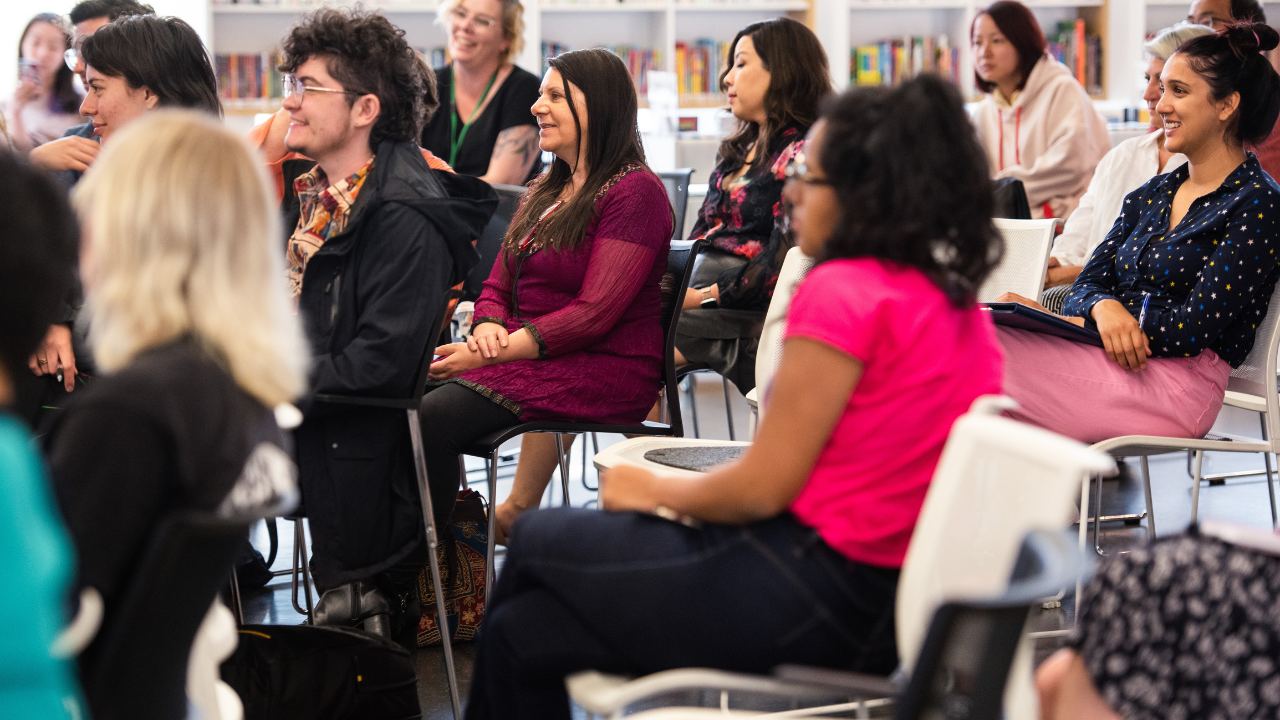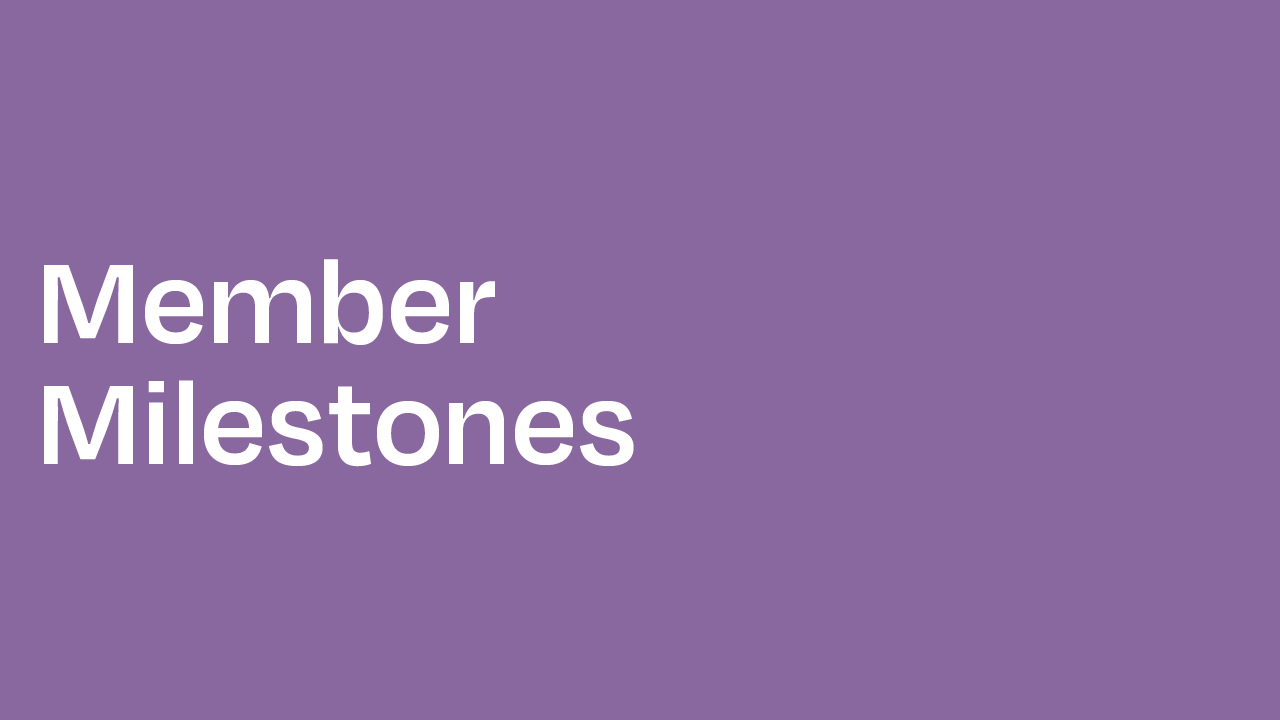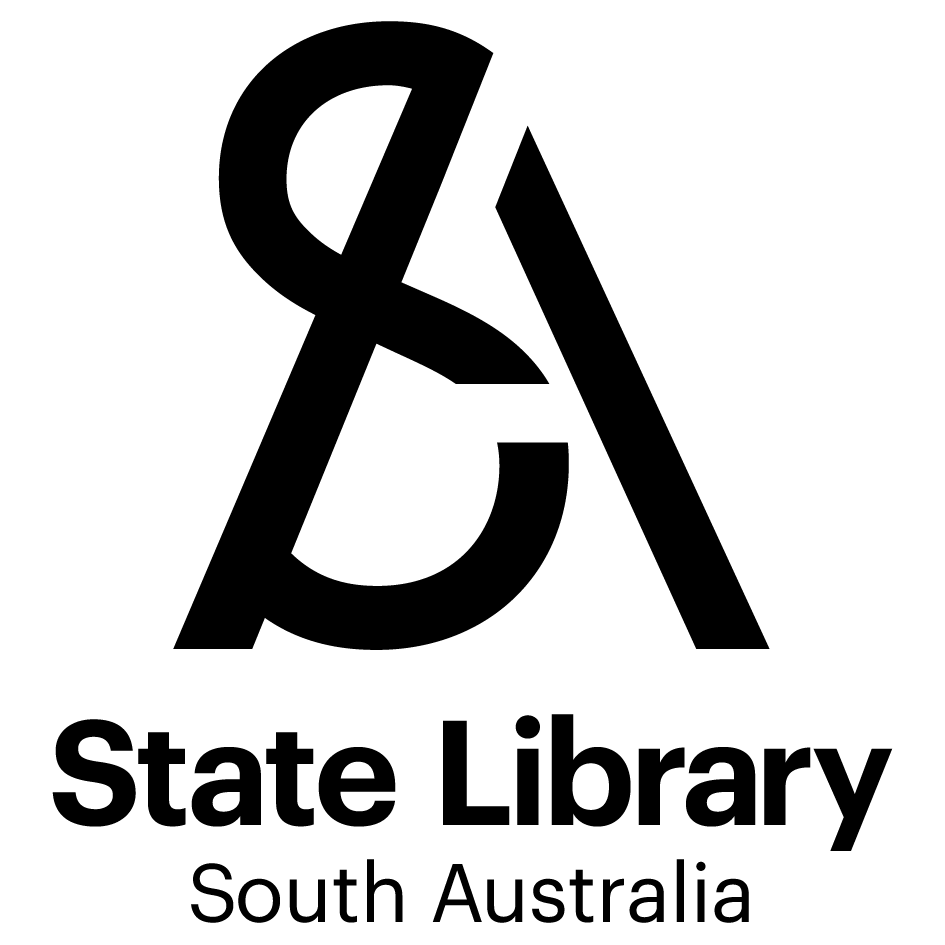By Cameron Raynes
You’ve got a rough idea of the novel or short story you want to write. Or you’ve written one, but it doesn’t quite hang together or compel the reader to keep turning the page. What do you do? Is it possible that methods and approaches to writing for film can be harnessed to help with the tasks of writing and rewriting?
Remember the scene in Star Wars where Luke Skywalker watches as Darth Vader appears to kill a defenceless Obi Wan Kenobi. And the soul searching for Luke immediately afterwards. Why were these things written into the script? And what connection do they have with the scene towards the end of Jane Austen’s Pride and Prejudice (1813) where Darcy, on visiting Netherfield, causes Lizzie Bennet to lapse into misery and ‘wretchedness’?
Join us for an afternoon of thinking, writing and talking as Cameron shares his experience of writing for film, and how it has enhanced his writing across other forms. Discover the benefits to be had in going back and forth between forms as we look at Blake Snyder’s fifteen beats and how they can be applied to the novel using Pride and Prejudice (Austen), Enduring Love (McEwan) and Breath (Winton) as examples.
We will also consider principles of screenwriting such as Worthy Antagonist, Central Dramatic Question and Engaging Protagonist in order to see how they can help us create more engaging and memorable stories. And we will see how Kurt Vonnegut’s advice to ‘Be a Sadist’ in relation to your protagonist has been taken up with great effect by both filmmakers and novelists. There will be exercises designed to get you practising the ideas presented. The formatting – the ‘mechanics’ of how scripts are written and presented – will be considered, as will the primary importance of visual imagination to writers of any genre.







